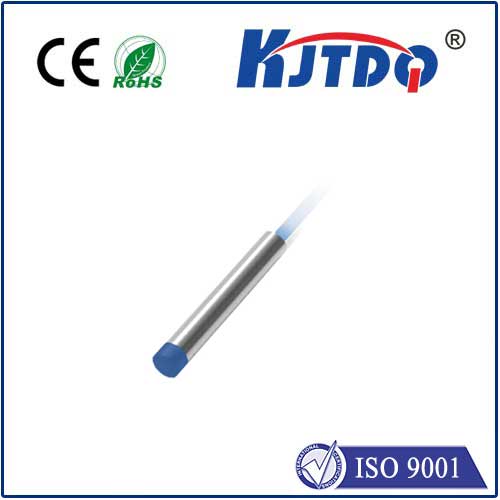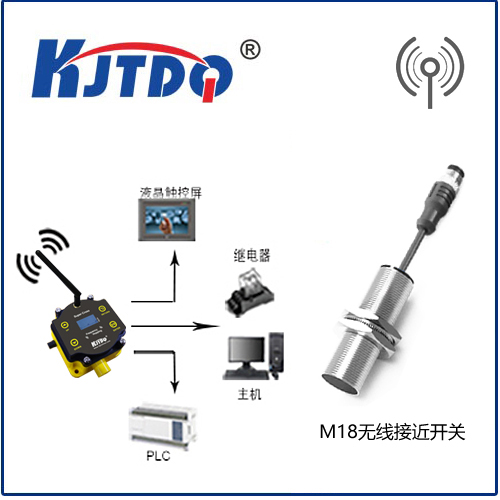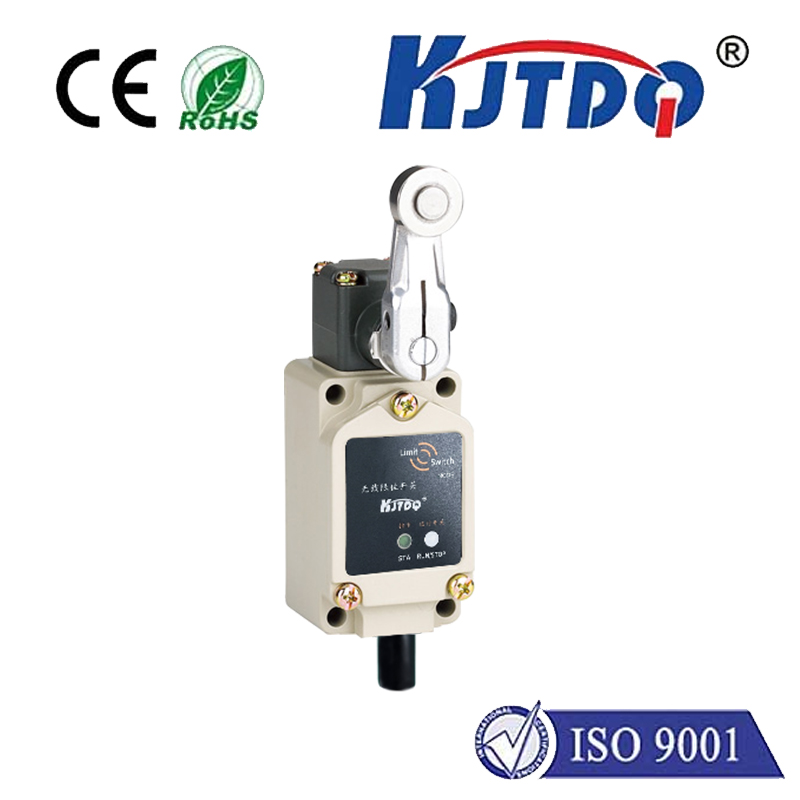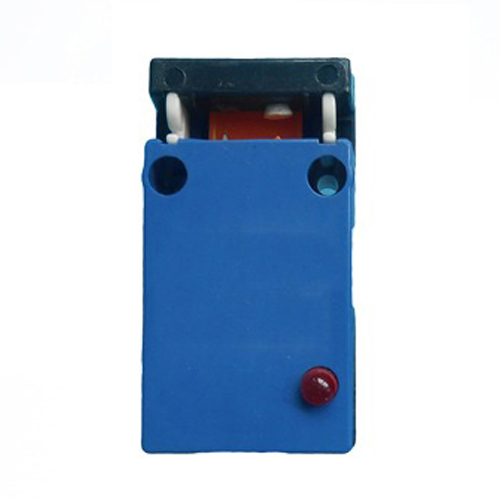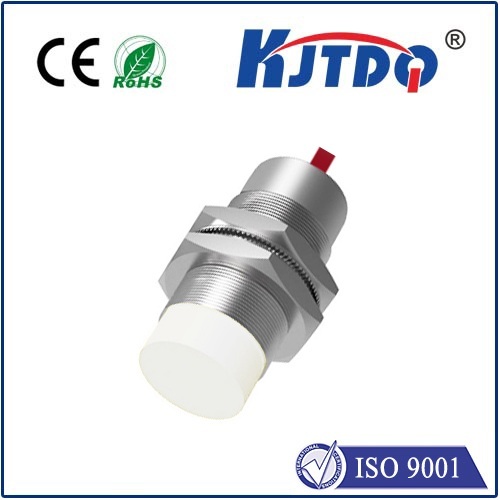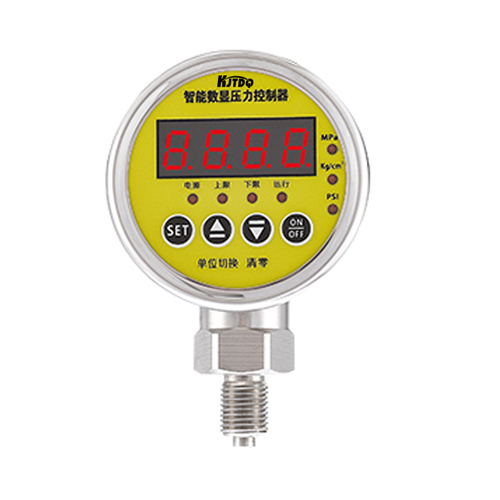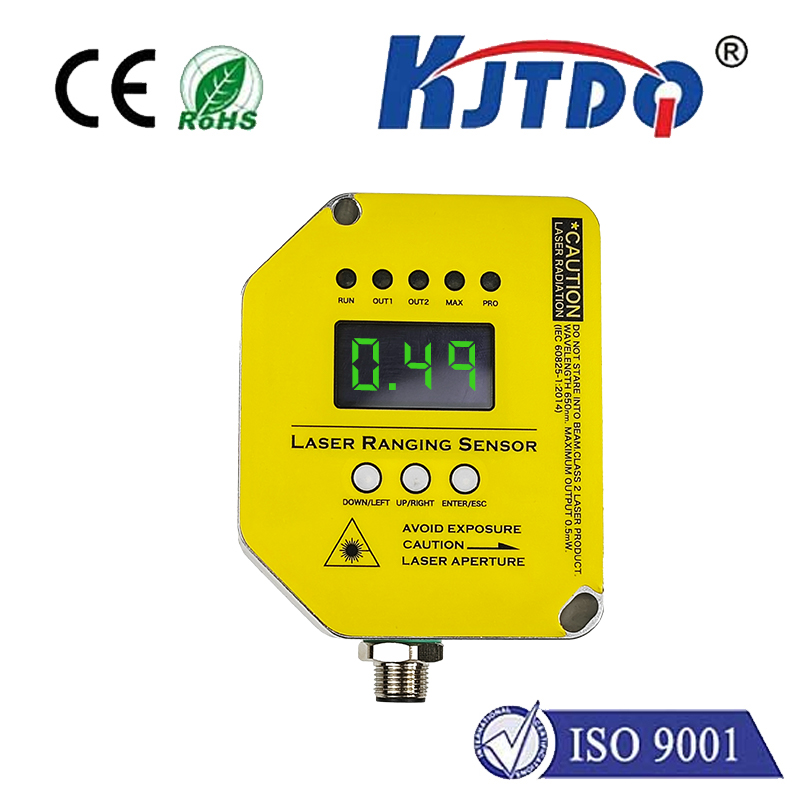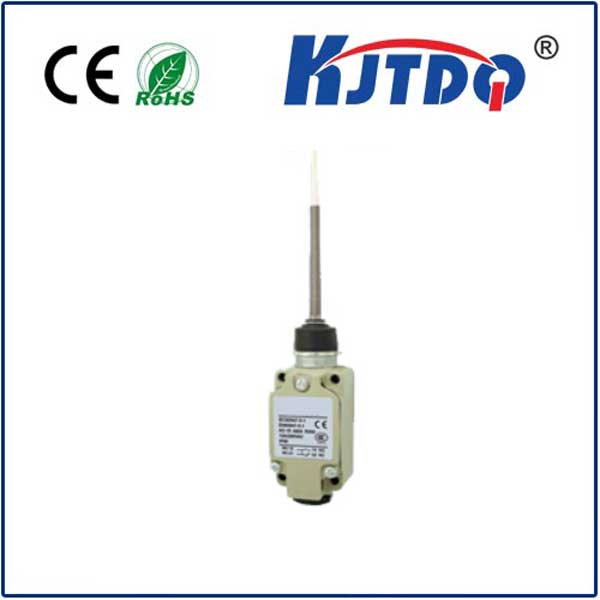Датчик приближения PIR
- time:2025-06-20 02:47:25
- Нажмите:0
Beyond the Motion Light: Unveiling the Power of PIR Proximity Sensors
You’ve experienced it countless times: walking into a dark room or hallway, and the lights spring to life as if by magic. That unseen guardian, silently detecting your presence, is most likely a PIR proximity sensor. Far more versatile than simple lighting triggers, these ubiquitous devices are the cornerstone of modern proximity detection, blending efficiency, reliability, and cost-effectiveness. Understanding how they work unlocks their potential for smarter security, automation, and energy savings.
Demystifying the “Passive Infrared” Principle
At its core, PIR stands for Passive Infrared. This terminology is key to understanding its operation:
- Passive: The sensor itself does not emit any energy (like radar or ultrasonic sensors). Instead, it operates purely as a receiver, making it inherently low-power and discreet.
- Infrared: It detects energy within the infrared spectrum, specifically the wavelengths radiated as heat by objects within its field of view.
Every object with a temperature above absolute zero emits infrared radiation. Crucially, the human body – and warm-blooded animals – radiates infrared energy at a specific wavelength (around 9-10 micrometers), distinct from the typical background ambient temperature. A PIR proximity sensor is finely tuned to detect changes in this specific infrared radiation within its detection zone.
The Inner Workings: From Heat to Signal

So how does a change in infrared radiation translate into a detection signal?
- The Pyroelectric Sensor: The heart of the device is a pyroelectric sensor element. This special material generates a small electrical voltage when its temperature changes.
- The Fresnel Lens: Most PIR sensors feature a plastic dome over the sensor element. This is a Fresnel lens – its intricate pattern focuses infrared radiation from different angles and areas onto the pyroelectric sensor effectively. This lens defines the sensor’s detection pattern (like a cone or a curtain) and range.
- Detecting Change: When everything is static, the infrared levels reaching the sensor are constant, and the pyroelectric element outputs a stable, baseline voltage. The magic happens when a heat source (like a person) moves across the sensor’s field of view.
- Creating the Signal: As the warm body moves, it causes a rapid change in the infrared radiation pattern hitting different segments of the pyroelectric sensor. This abrupt temperature shift generates a small, fluctuating electrical signal. This is the key detection event.
- Signal Processing: The raw signal from the pyroelectric element is weak and noisy. An onboard circuit performs several crucial tasks:
- Amplification: Boosts the tiny signal.
- Filtering: Removes unwanted electrical noise and extremely slow environmental changes (like the sun slowly heating a room).
- Сравнение: Compares the signal strength against a predefined threshold.
- Output Trigger: If the processed signal exceeds the threshold and meets specific criteria (like timing patterns designed to ignore very brief disturbances), the sensor outputs a detection signal – often a simple digital “HIGH” pulse.
Why Choose PIR Proximity Detection? Key Advantages
PIR sensors hold significant advantages that explain their widespread adoption for motion detection and proximity sensing:
- Power Efficiency: Being passive (no emitter), they consume very little power, making them ideal for battery-operated devices like wireless security sensors or remote controls.
- Reliability: Mature technology with proven performance in detecting human-sized heat sources moving across their field of view. Less prone to false positives from things like wind-blown curtains compared to ultrasonic sensors.
- Cost-Effectiveness: Mass production has made PIR sensors extremely affordable, enabling their use in everything from basic security lights to complex home automation systems.
- Simplicity: They offer a straightforward output (usually “motion detected” or “no motion”). This digital signal is easy for microcontrollers and other devices to interpret.
- Privacy: Unlike cameras, PIR sensors only detect presence and movement, not identifiable images.
Ubiquitous Applications: Where PIR Sensors Shine
You’ll encounter PIR proximity sensors in a vast array of settings:
- Security Systems: The backbone of intrusion detection in burglar alarms and security cameras (movement triggers recording or alerts).
- Automatic Lighting: Illuminating paths, rooms, or closets only when needed (significant energy savings).
- Smart Home Automation: Triggering scenes (like turning on TV/lighting when you enter the living room), occupancy sensing for HVAC control, or activating smart speakers/displays.
- Energy Management: Controlling heating/cooling in unoccupied rooms (demand-controlled ventilation).
- Access Control: Detecting approaching users to activate RFID readers or door releases.
- Vending Machines: Detecting a user to “wake up” the display.
- Bathroom Fixtures: Automatic faucets, soap dispensers, hand dryers, and toilet flushes. PIR proximity sensing provides a hygienic, touch-free experience.
- Wildlife Monitoring: Detecting animal movement for trail cameras or research purposes (often with specific masking to avoid humans).
Important Considerations for Optimal Use
To harness the full potential of PIR sensors effectively, be mindful of their inherent characteristics:
- Line-of-Sight Requirement: They require a relatively unobstructed path to detect IR radiation. Solid objects block their view effectively. Placement is critical.
- Movement Sensitivity: PIR motion sensors primarily detect movement across their field, not stationary presence. Extremely slow movement might go undetected.
- Temperature Sensitivity: Their effectiveness can be influenced by the background temperature. If the ambient temperature is very close to body temperature, detection range and reliability may decrease. They also cannot detect objects at the exact same temperature as the background.
- Environmental Factors: Avoid placement facing direct sunlight, heating vents, or air conditioners, as rapid temperature changes can cause false triggers. Drafts moving warm air can sometimes be misinterpreted.
- Detection Pattern: Understand the specific coverage pattern (defined by the Fresnel lens) when mounting to ensure the desired area is monitored.
- Masking: Some advanced sensors allow masking parts of the field of view to avoid detection in unwanted areas (like a pet’s favorite path).
The Future of PIR Sensing
While the core technology is mature, innovations continue. Advanced algorithms improve filtering, reducing false alarms. Integration with other sensors like microwave (Dual Tech sensors) combines PIR’s target discrimination with microwave’s ability to detect any motion through obstacles, enhancing overall reliability. Micro-power PIR designs push the boundaries for ultra-long battery life in IoT devices.
In Conclusion: An Essential Detection Tool
Far more than a simple “motion light” component, the PIR proximity sensor is a sophisticated yet elegantly simple device. By passively detecting the infrared signature of moving warm bodies, it provides a reliable, low-cost, and energy-efficient solution for countless applications demanding presence or movement detection. From enhancing security and convenience in our homes to enabling smarter energy management in commercial buildings, the unassuming PIR sensor remains an indispensable tool in the modern world of sensing and automation.

